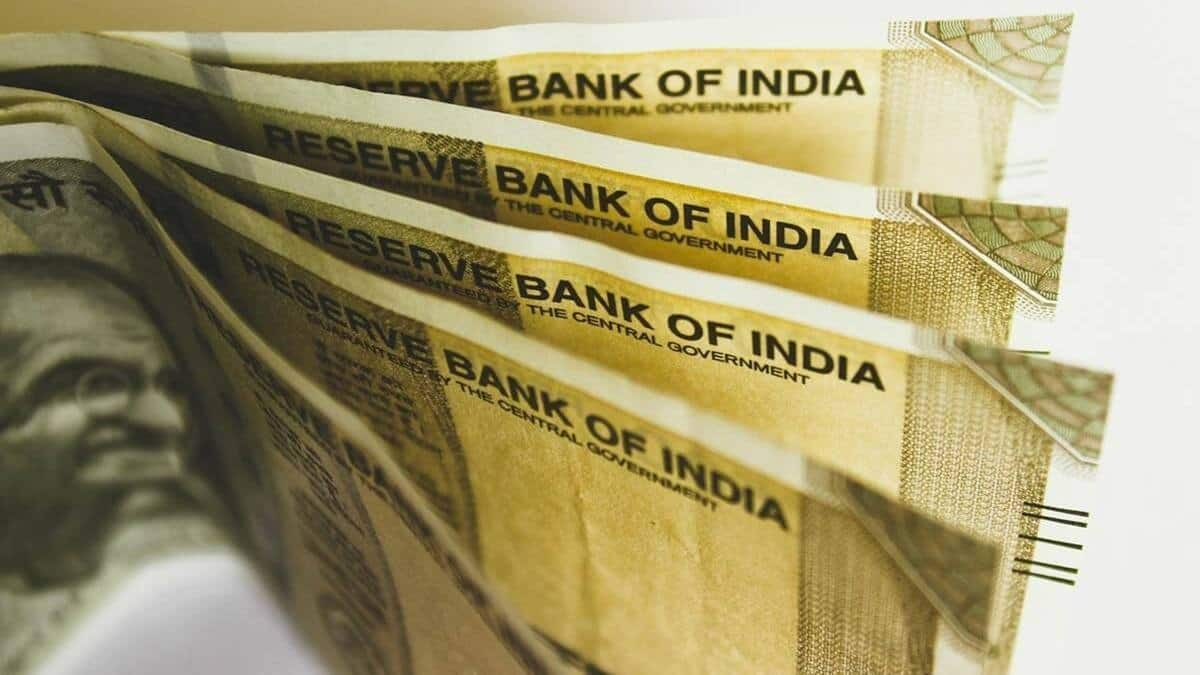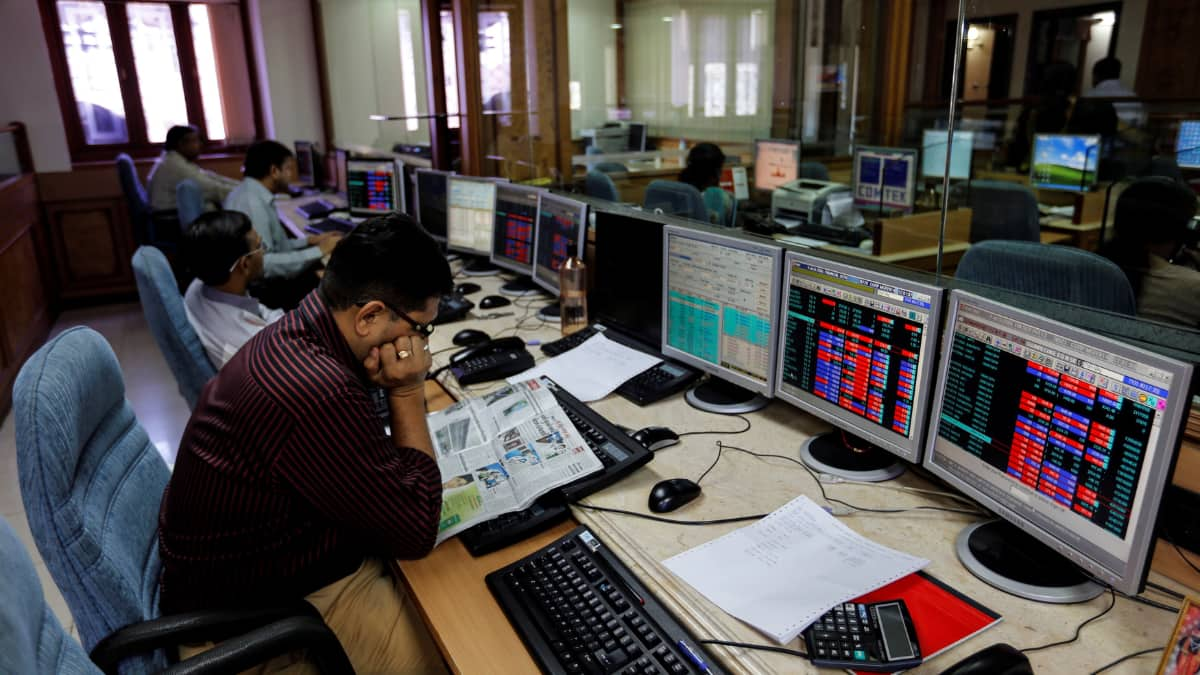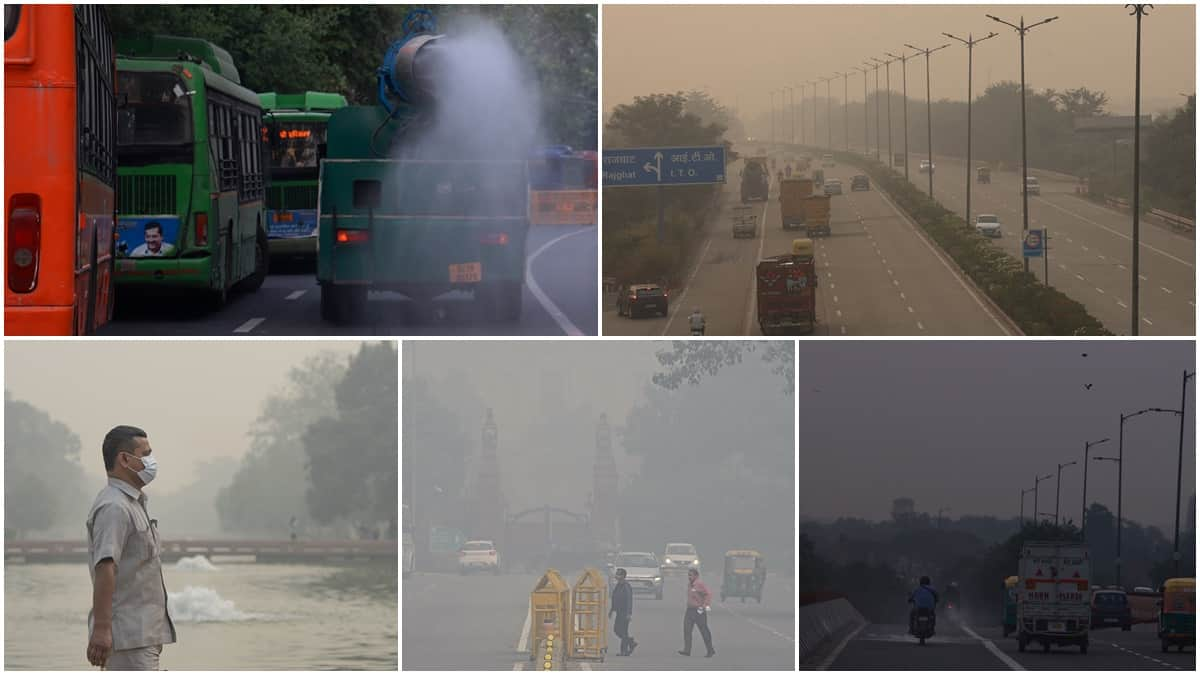India’s high income aspirations

By Ashok Gulati
Let me begin by wishing the readers a very happy Christmas. May we all receive the gifts of peace and prosperity. When we talk of prosperity—individual or national—a lot depends upon individual efforts as also on the socio-economic framework in which one operates.
The Bharatiya Janata Party (BJP) has recently won three state elections. It has already started the ‘Viksit Bharat Sankalp’ (Resolve for a Developed Country) yatras in these states. Prime Minister Narendra Modi himself has been assuring that by 2047, India will be a developed country.
But what is a developed country? Can India be one by 2047? Currently, the World Bank defines high income economies as those with an annual per capita Gross National Income (GNI) of more than $13,846; upper middle-income economies are those between $4,466 and $13,845; and lower middle-income economies between $1,136 and $4,465. India is a lower-middle income nation at present. To become a high-income economy, it needs to cross the barrier of per capita GNI of $13,846 by 2047.
In order to examine the plausibility of this, we need to look at three major indicators of prosperity: incremental increases in overall GDP and per capita incomes over specified long periods; changes in inequality of incomes in that country; and the rate of overall inflation and exchange rate changes in the currency of that country.
Notwithstanding their limitations, these are the key indicators that are used to track prosperity by multilateral agencies like the International Monetary Fund (IMF) and the World Bank. The latest report of IMF on India (2023) puts the country in a very bright spot despite gloomy global conditions.But let us look more deeply at the evolving increments in India’s prosperity. It took 67 years—from 1947 to 2014—to become a $2 trillion economy, as per the World Bank estimates. But during the 10 years of Modi government, India will add another $2 trillion to become a $4 trillion economy by 2024. That’s a mindboggling jump in the overall prosperity of India.
And, if the Modi government secures a third term (of which the BJP feels pretty confident today), it is likely to add another $2 trillion in just 5 years, making India a $6-trillion economy by 2029. This progressive addition in GDP prosperity of $2 trillion each time, first in 67 years, then in 10 years, and then in just 5 years, is nothing short of a miracle. In purchasing power parity (PPP) terms, India is already a $10-trillion economy.
A major factor behind these rapid increments is the policy shift since the 1991 economic reforms, which continued at varying speed and shade under various governments. Even during Manmohan Singh’s period, from 2004 to 2014, GDP more than doubled from $0.71 trillion to $2.04 trillion.
The Modi government has given a big push to infrastructure, along with basic facilities for the masses such as toilets, drinking water, pucca houses under the Awas Yojana, access to power, etc. These assets have augmented welfare as well as growth in the economy. If one continues building on this, and doubles up on human development through quality education and skill formation, coupled with liberal market policies, the dream of Viksit Bharat by 2047 could be within India’s reach.
But, at individual level, prosperity is measured as per capita income. The per capita income in India increased from $624 in 2004 to $1,560 in 2014, and $2,411 in 2022. It seems a long way to the threshold of $13,846 for the high-income category. However, it may be noted that per capita income increased by 2.5 times during the 10 years of the Manmohan Singh government, from 2004-2014.
If India can keep up that momentum over the next two and half decades, it can hope to break that barrier. Interestingly, in PPP terms, GDP per capita was already at $7,112 in 2022, almost 3 times higher than in current US dollars. This indicates that one dollar in India can buy roughly 3 times more goods and services than what it can buy in the US. As a result, the head count of people under extreme poverty, measured at $2.15 a day (2017 PPP), has come down from 39.9% in 2000 to 11.9% in 2021.But many experts opine that per capita income may not reflect real prosperity of the masses if the inequalities in the economy are rising fast. So, how is India faring on that front? The Gini Index, which measures inequalities in income, was 34.4 in 2004 when the Manmohan Singh government took over.
And this index is 34.2 in 2021, the latest year for which data is available. The income shares amongst population groups are more or less similarly divided as they were in 2004. Inequalities are higher in BRICS countries, especially South Africa, Brazil, and even China.
How about inflation and the exchange rate? India’s inflation, during the Modi period, has remained largely within the RBI’s band of 4%+/-2%. It is lower than during the Manmohan period. And with more than $600 billion in foreign exchange reserves, the Reserve Bank of India (RBI) can avert any sudden depreciation of currency. All these factors have provided financial stability with high growth rates.
And if India stays the course, by keeping an Arjuna’s eye on growth with contained inflation, focusing more on investments and innovations than doles, its Viksit Bharat Sankalp can see a new dawn by 2047. The only caveat that needs to be added is that there is no major outbreak of Covid type diseases, or a major war, natural calamity, or political upheaval.
(The author is Distinguished professor, ICRIER) Views are personal



Leave a Comment